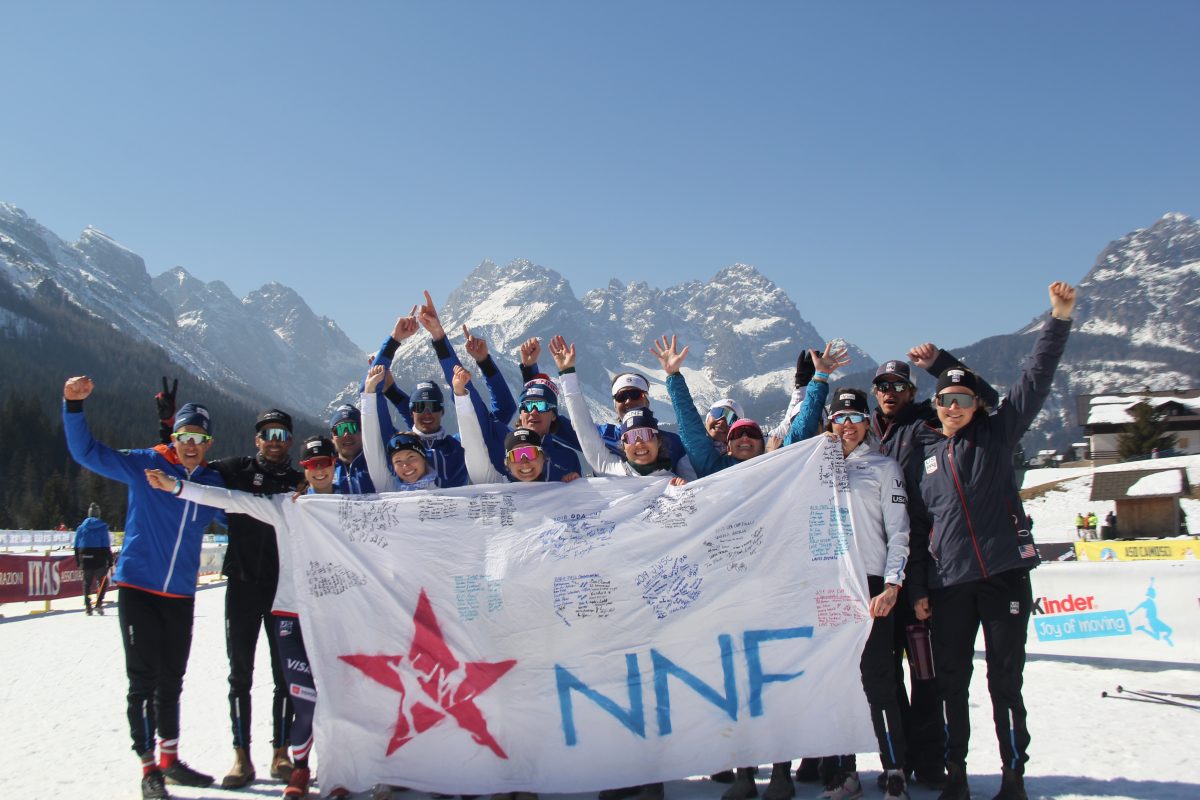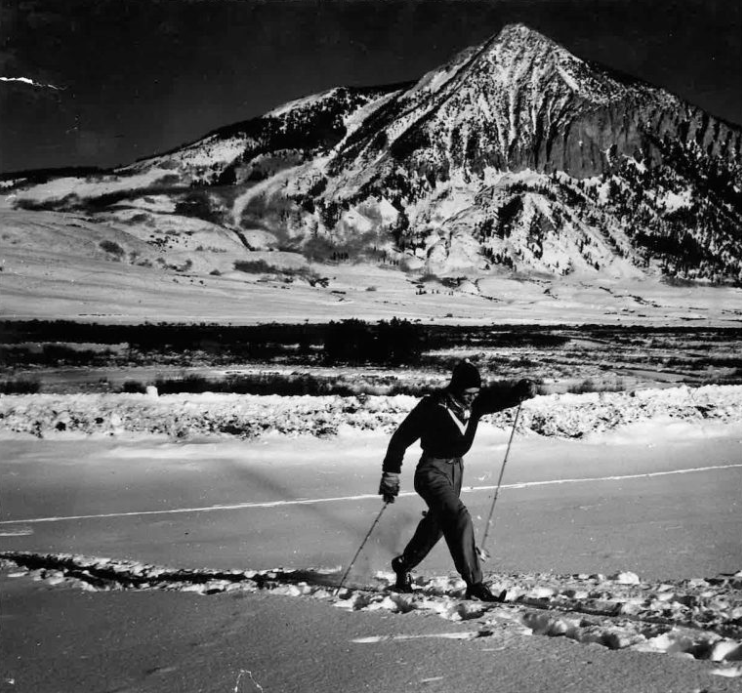This series comes to FasterSkier from the Alaska Pacific University Nordic Ski Club
A Day in the Life: APUNSC is checking in with Elite Team members of the course of the next few months to get a glimpse into what life looks like for elite athletes as training starts up again during a global pandemic.
Today we check in with Hannah Halvorsen (22), a member of the 2017 bronze medal winning 4×3.3km Junior World Championship Women’s Relay Team and SuperTour sprint podium regular. Hannah hails from Truckee, California and has been a member of the APU Nordic Ski Center since 2017. Hannah was hit by a car in November (read here) causing her to miss the entire race season, but has been diligently working on her rehabilitation and her return to more typical cross country ski training.
Where are you right now?
Truckee, California where I have been for about the last month.
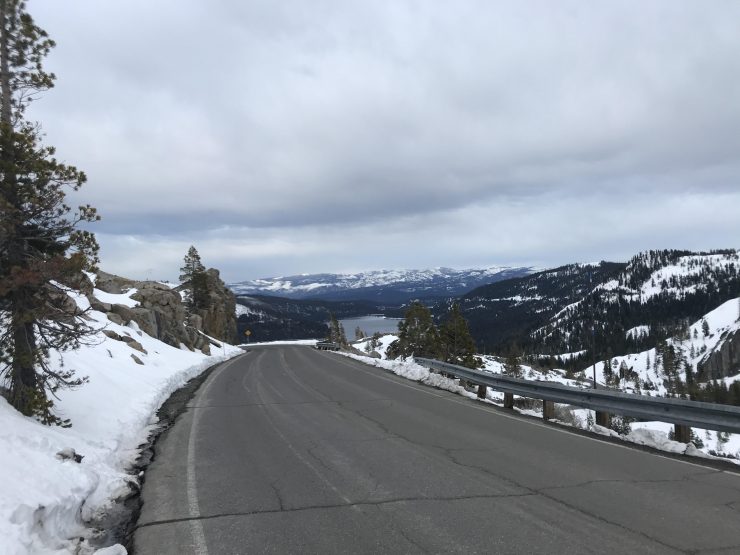
How have closures or other interruptions due to Covid-19 affected you and your rehab? I know you were planning to be at the Minneapolis World Cup to help showcase the sport and cheer for your teammates and that obviously didn’t happen, but I have to imagine it’s also been tricky getting physical therapy and gym access over the last two months.
That’s exactly it. I’ve been kind of socially quarantined for awhile since I haven’t been on the race circuit and haven’t been with my teammates, but the additional quarantine of gyms being shut down has been challenging. Everything I need to do and can do is gym-related so I was pretty shut down with my rehab. Tschana (U.S. Ski Team strength coach) made a strength plan for me with the things I have at home that is quite impressive. I have a telehealth PT session once a week. I have my computer camera on while I show her my exercises and she helps me that way. It’s crazy how well we’ve been able to make it work, but it’s all pretty strange. Tschana is really good at what she does. I have a very well rounded strength plan with just the few things I have at home and it’s not an easy strength session. The PT has been able to make all my exercises using chairs or stairs. I think it would be really bad if I didn’t have a good PT or strength coach, but they have been so helpful.
Even though you weren’t on the race trails this winter, do you have a highlight from the winter? What have been some of your biggest breakthroughs in rehab this winter?
One of the bigger breakthroughs was being able to walk again. It was so limiting not being able to walk. I had to wait five weeks for surgery due to my brain injury. So I had an extra five weeks when I was on crutches. You really take for granted simple things like going to grab a glass of water. I just last week I started being able to run again for only 10 minutes, but it feels like I’m finally moving forward.
What does a typical day look like now?
I do quite a bit of PT. I do strength a couple of times a week and a lot of walking. I can only run 10 minutes a day so I walk the rest of the time. It’s really pretty here, so it’s nice to be out and now I have started biking. Between that and online school, that takes up most of my day.
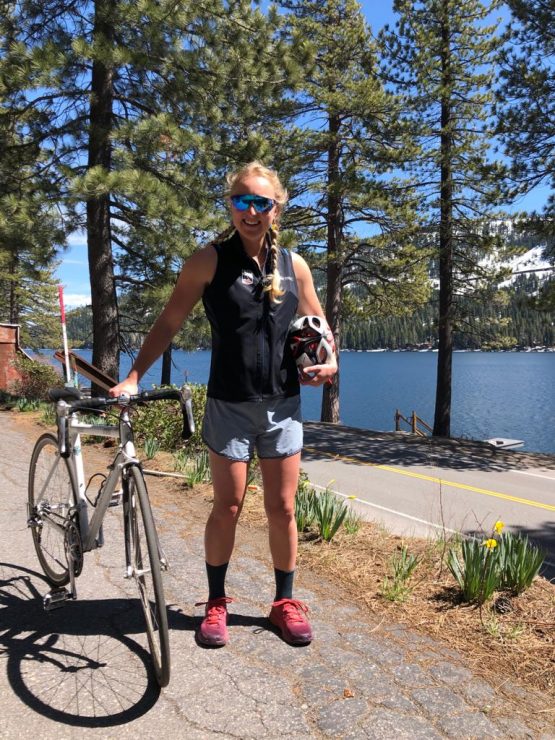
What activities are you doing to keep yourself busy outside of training and rehab?
I’ve been reading and listening to music. I’ve been getting really into puzzles too. I’ve made bread a few times, but I can’t really say it’s a regular hobby. I am on Donner Lake so I hang out on the dock.
What did your workout look like today?
I walked around the lake and picked up trash along the way. I have been working on some thank you notes and then I have strength.
Do you have any indoor/at-home workouts you are doing?
I do lunges with my back leg on a band held between two chairs. I do a lot of neurocognitive training so I have a half a foam roller that I balance on while I play catch or bounce balls.
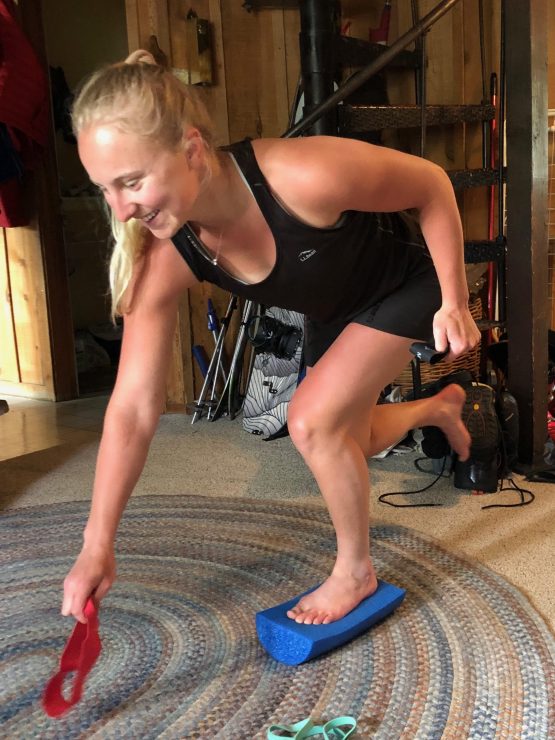
You have been hit with numerous big life changes over the last year, has it been challenging to keep up the motivation to train or rehab? Where are you getting that motivation? What motivates you to keep going?
It’s actually affected me the opposite way. Things had been relatively steady for a couple of years and you almost get too comfortable and stuck in the monotony. Having big changes have made me realize how fortunate I am to travel and train and be with my teammates. The goals I have are things I really care about and are more clear. I really want to get to a point where I can train with my teammates and travel again. That motivates me. I build a bit of motivation from the underdog spirit as well. When you are doing well sometimes it’s hard to not feel like you are just trying not to fail. When something like this happens you get the spirit of just wanting to prove you can get back and sometimes that makes things a little easier.
How are you keeping in touch with friends/family/teammates?
I’ve been keeping in touch quite a bit. We’ve had some zoom meetings with the APU women’s team. I’ve been texting with a lot of friends. In many ways, we have had more spring communication than usual as we often go our separate ways in the spring, but it feels weird not to be with people. I miss that.
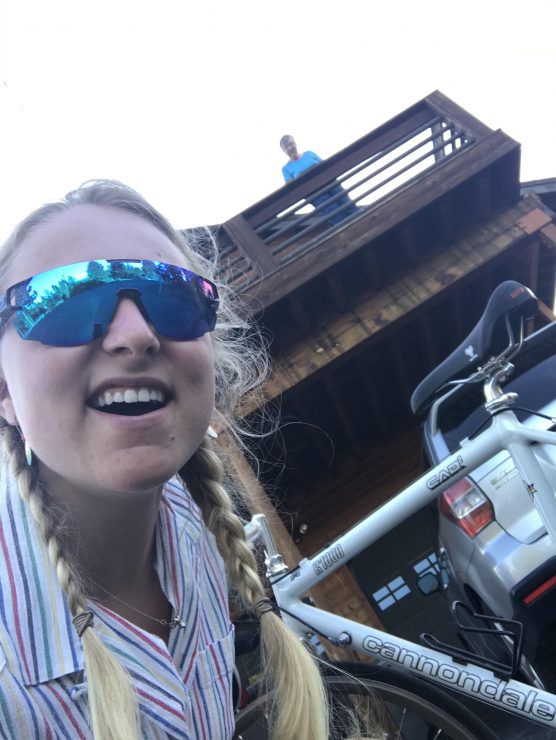
What are your plans from here? What does the rehab road look like for you moving forward?
I just got the green light to start double poling on May 1 and by June I should be allowed to stride and in July skate. Those are the big ones, but throughout that time, each week I’m bumping up the amount I can run or do other activities as long as things are still going well. So far things have been smooth!
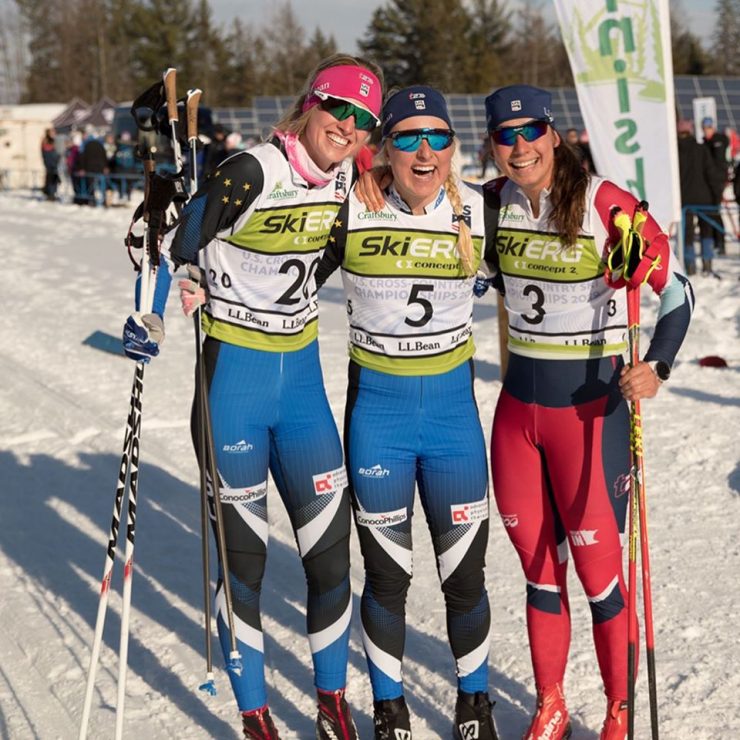
Do you have any helpful advice in dealing with the changing times?
When things change some people respond by feeling overwhelmed or stressed which becomes negative and some people can respond to change by figuring what they can get out of the change even if it is stressful. I have been trying to figure out what I can do with the extra time and fewer variables. It can make days quite routine, but a lot of things we want to work on don’t happen from one big effort, but from doing it every day and this extra time and routine allows me to work on something every day.

